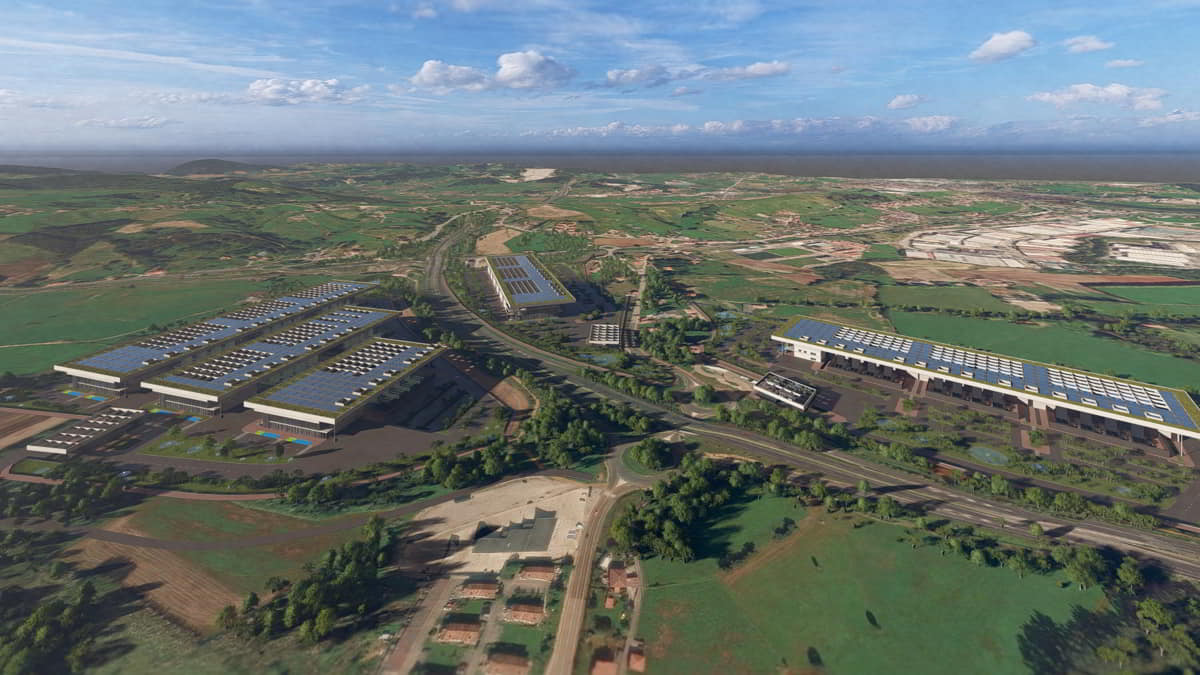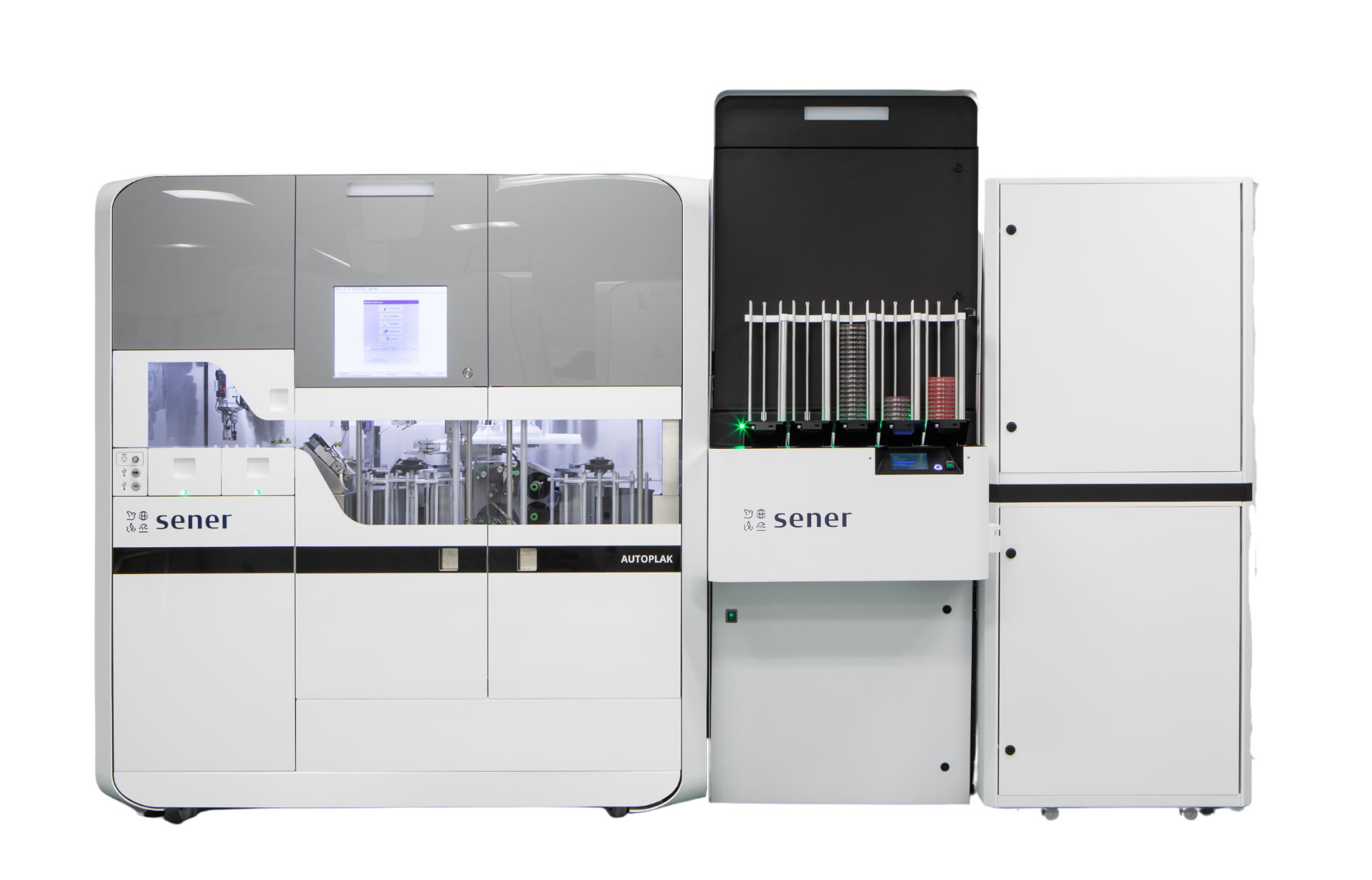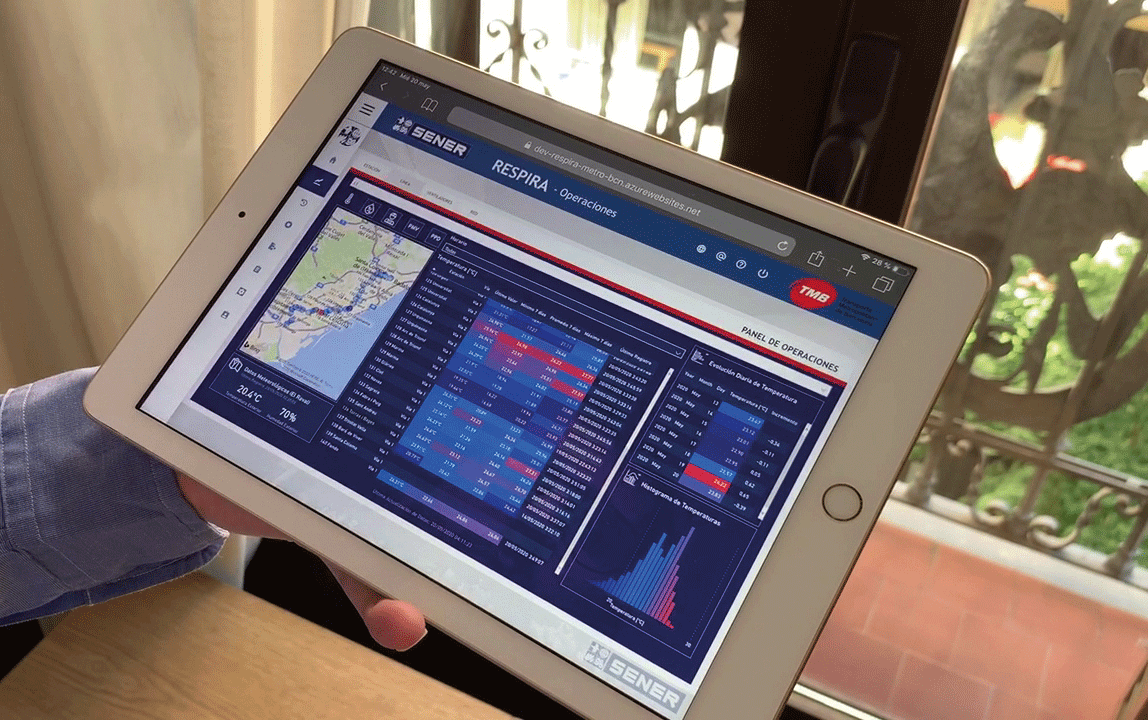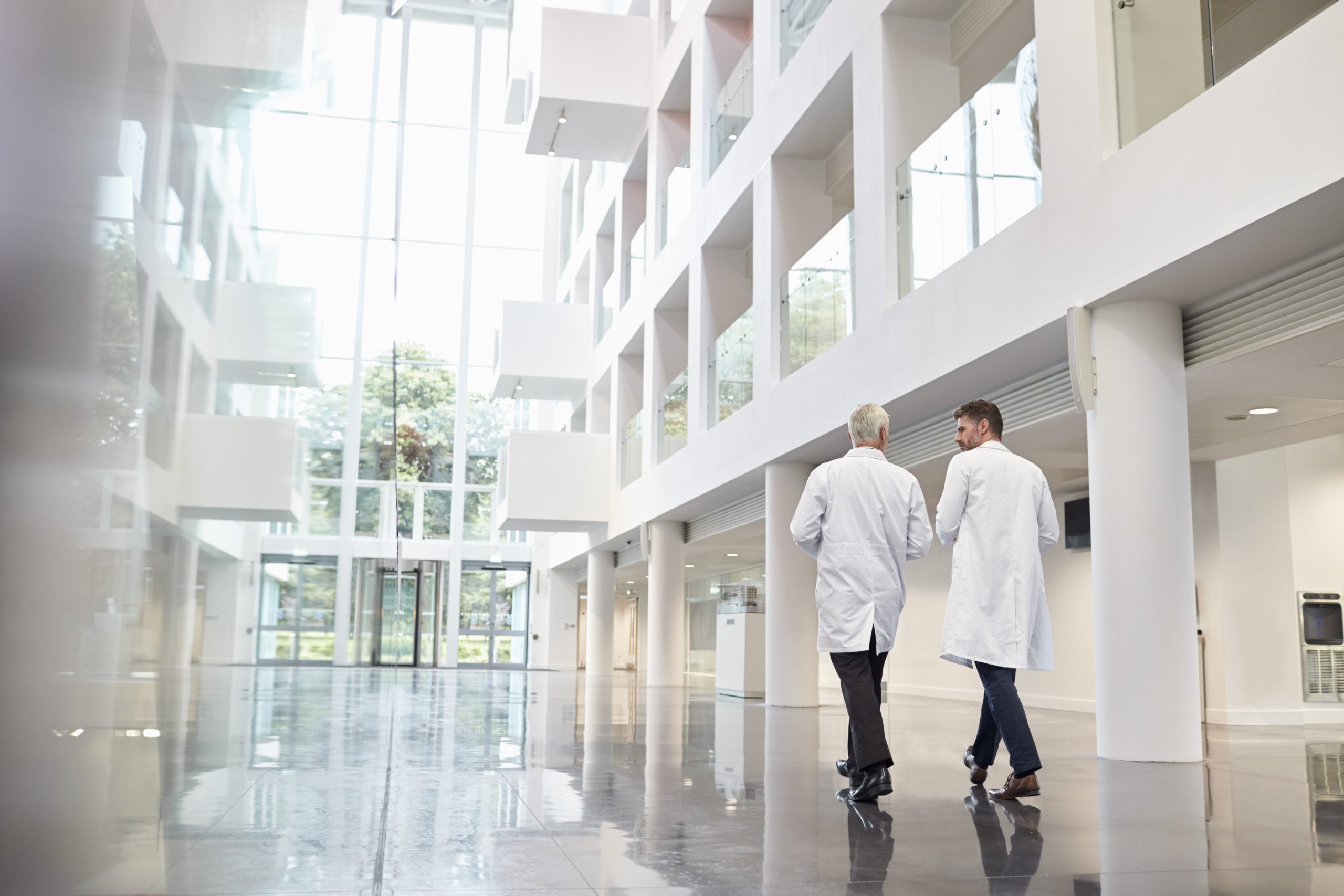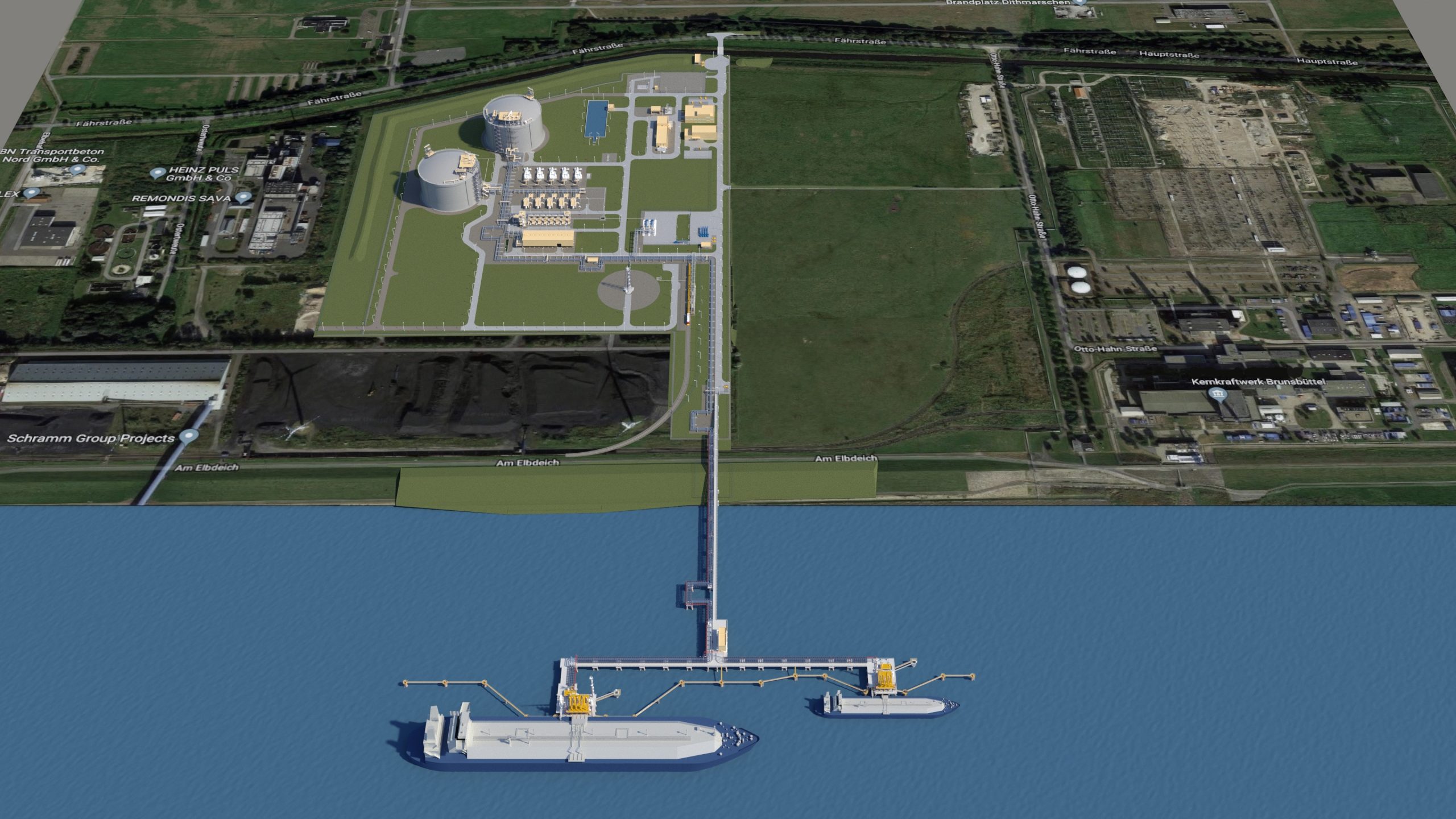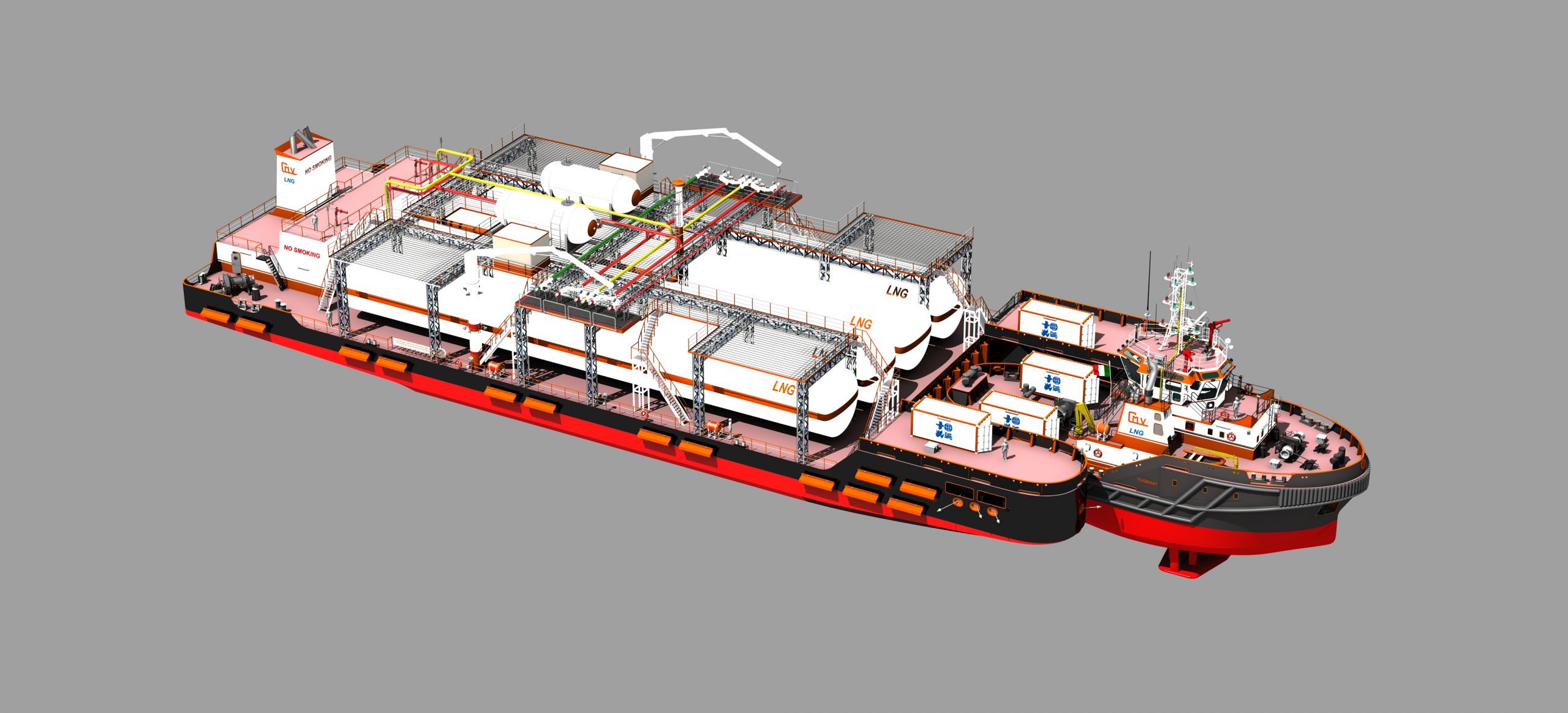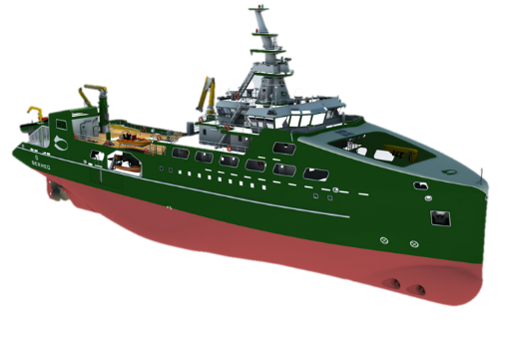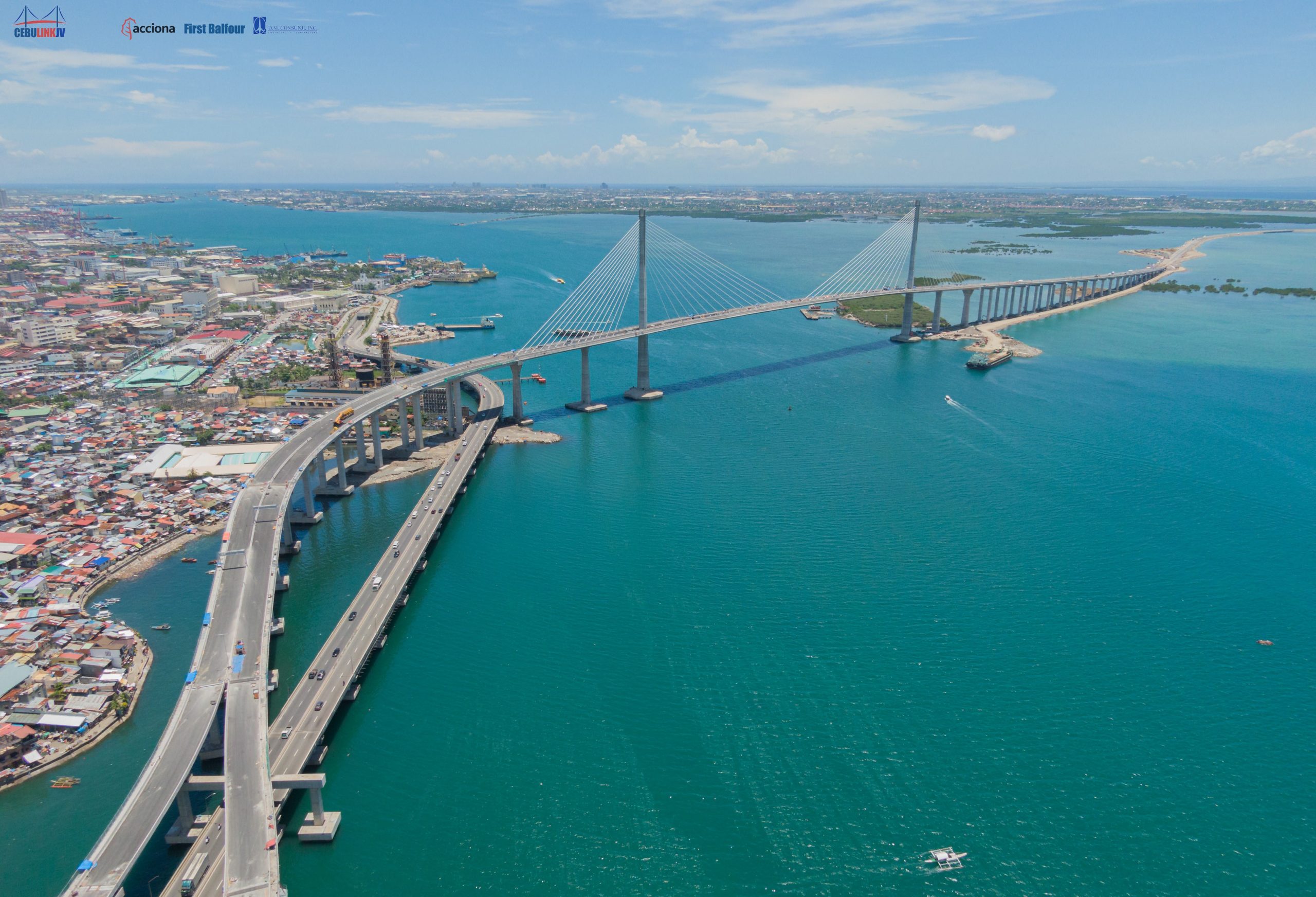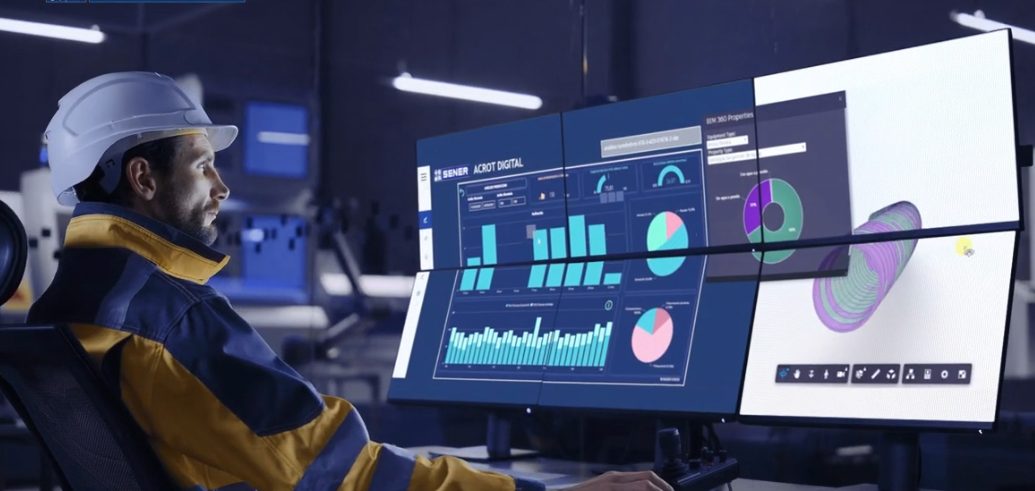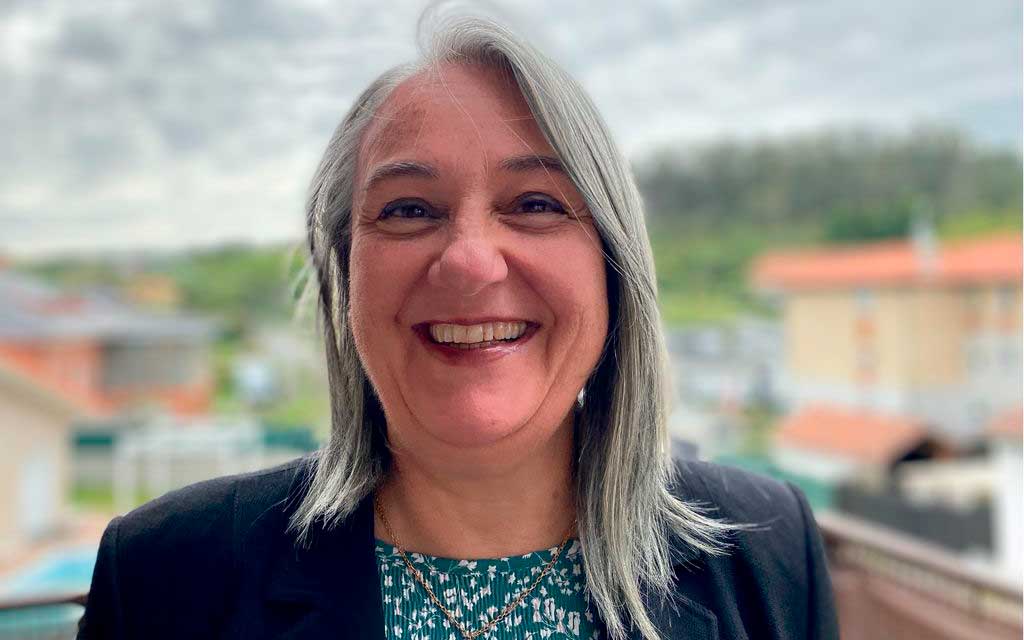
- Equality, diversity and inclusion
Categories:
For Susana Domingo, an architect specialising in transport architecture and urban planning, travelling, getting to know other cultures, working in multicultural environments, are experiences that provide us with new perspectives and ways of understanding or approaching a project, enabling us to respond with the most appropriate and best adapted solution to the social and cultural context of the environment where we are developing it. We talked to her about cultural diversity and working in multicultural teams.
In your opinion and experience, what are the benefits and challenges of working in a multicultural environment?
In my case, it has been very enriching to work in countries with different languages, gastronomy, climate, religion and ways of managing projects. I think that nothing should be taken for granted, what may be commonplace for us may not be so for others.
Sometimes it is difficult to understand some customs and the biggest challenge is to come to understand their way of living and doing things, different from ours, but not for that reason incorrect. From my point of view, it is important to have clear solutions, but it is essential to know how to listen to what our clients demand and “understand why they ask for it”. I believe that this is the key to being able to contribute new ideas based on our experience, which help to improve the way of life of the people for whom the projects in which we participate are intended, without trying to drastically change their way of life.
What is your approach to understanding the perspectives of colleagues from different backgrounds?
When approaching a new project, you instinctively start without thinking about cultural differences and go with what you know. In the early stages of design, when you put ideas together, you realise that the way of doing things can be very different. It is very interesting to put together the different ways of working in order to choose the best from each of them. Knowing the customs and the way of thinking of the country in which we have to do a project is fundamental to make it work and to ensure that it is well accepted by our clients and future users. In short, the important thing is to respect their way of seeing things and, from there, define how we can improve them, without ever imposing our way of doing things.
How can we transform multiculturalism into a competitive advantage for the organisation?
Nowadays, borders between countries seem to disappear; we move around much more than before, both for work and for leisure, which means that we are incorporating customs from other cultures into our daily lives and making them our own. This means that, when working in other cultures, local customs no longer seem so different to us, or at least they don’t seem so strange to us.
At SENER we are used to working with colleagues from other countries and therefore with other cultures. The local knowledge they bring allows us to solve problems more quickly. By having different points of view and working as a team, all the alternatives are put on the table and in most cases the final result is a mix of ideas. It occurs to me that this cultural diversity could allow the same project to be implemented in different countries by incorporating small modifications, since it already has this multiculturalism in its origin, in order to adapt it even more to each place.
What advice would you give to people who work or will work in multicultural and remote teams?
As I said before, soaking up the local customs, culture, gastronomy… is a way to better understand the way of thinking and, therefore, of living in each country.
One of the things that I think has helped me the most in achieving success in a project is to think that I am going to live in that city and I am going to use that building, park, transport system, etc. Not thinking that I’m just passing through, but that I’m going to be a user, that is, designing for others what I would like for my city.
It is true that language is a major barrier, not being able to express ourselves in our mother tongue can lead to misunderstandings, but people often say much more with their gestures than with words; knowing how to observe them gives you many clues when designing. I have worked on projects where urban insertion is fundamental and walking the streets has allowed me to observe the way people move around the city (for work, leisure, studies, shopping, playing in the park, etc.), the way they relate to each other and to their surroundings is key.

 About us
About us